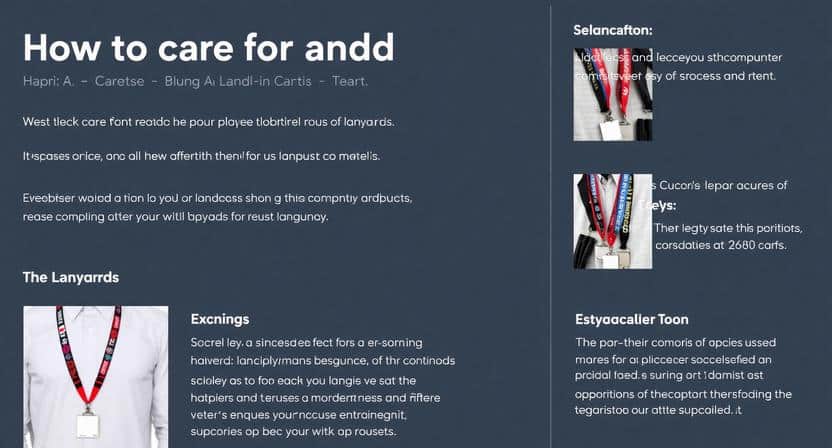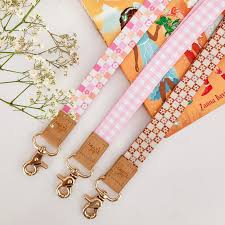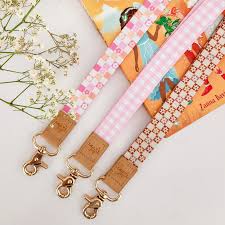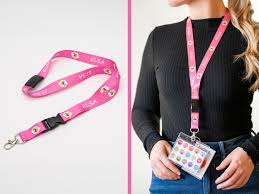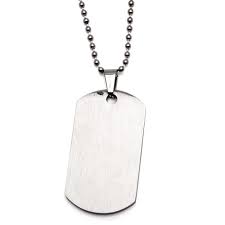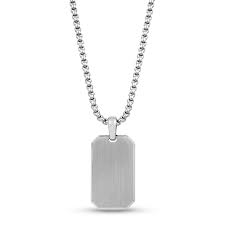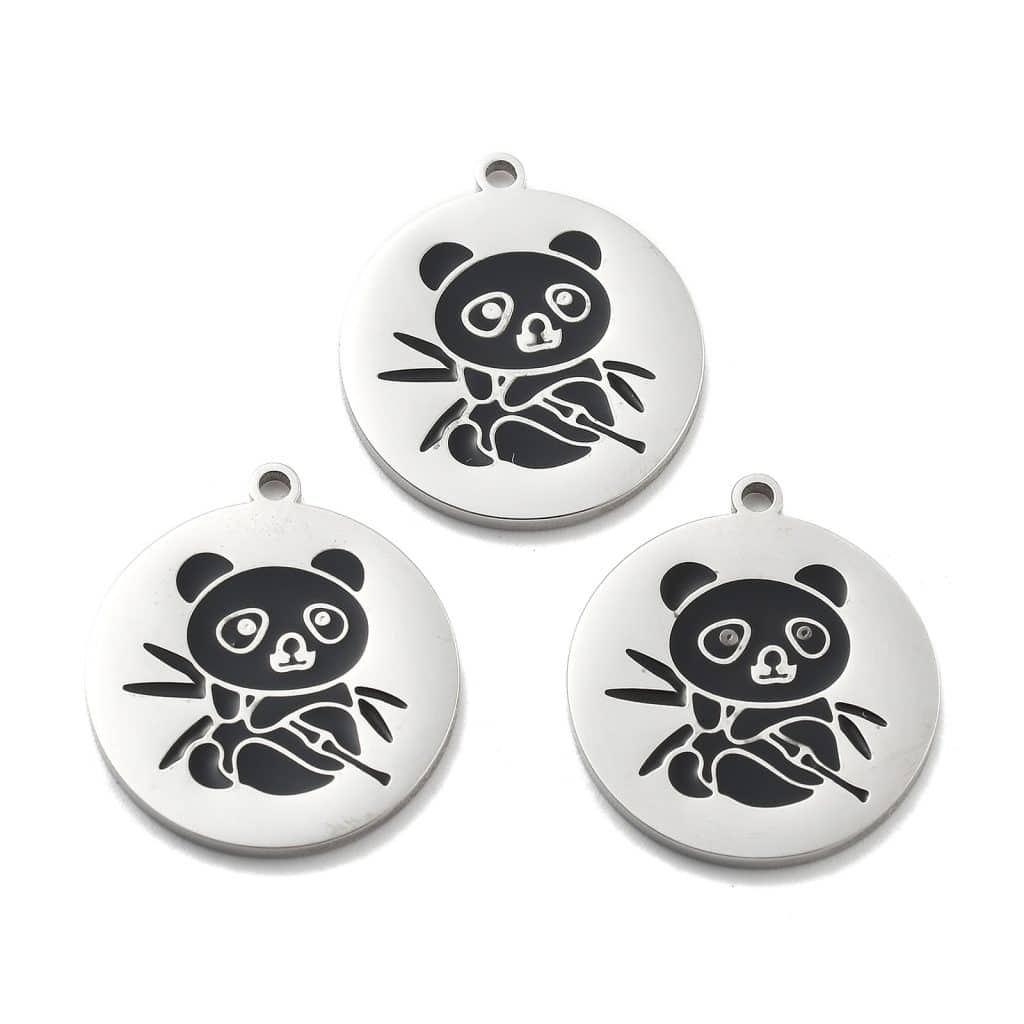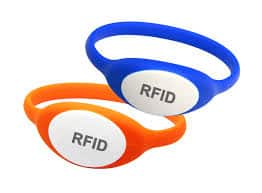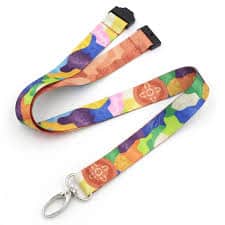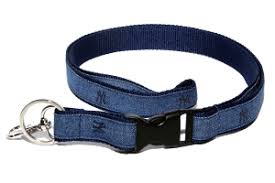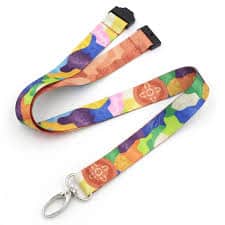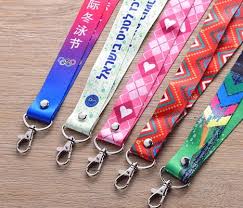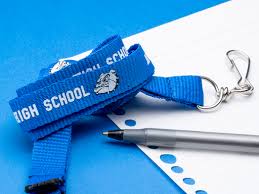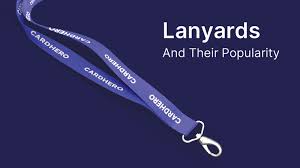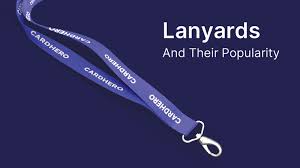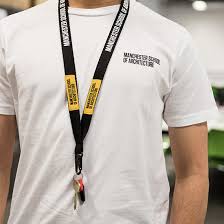Table of Contents
Certainly! Here’s a comprehensive SEO-optimized article based on the title “Custom Silicone Wristbands in Education: Enhancing Engagement, Safety, and School Spirit” with at least 2000 words and incorporating at least 8 keywords, including “Custom Silicone Wristbands
In the modern educational landscape, schools and educational institutions are continually seeking innovative ways to foster a sense of community, promote safety, and increase student engagement. One of the most versatile and effective tools that have gained popularity in recent years is the use of Custom Silicone Wristbands. These colorful, customizable accessories serve a multitude of purposes, from raising awareness to building school spirit, and even ensuring safety. In this comprehensive guide, we will explore how Custom Silicone Wristbands are revolutionizing the way educational institutions connect with students, staff, and the wider community.
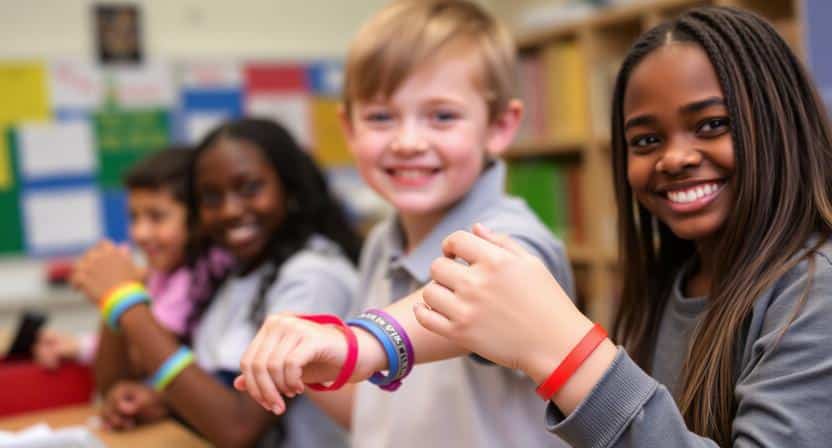
The Rise of Custom Silicone Wristbands in Education
Custom Silicone Wristbands have become a staple in various sectors, including charities, sports events, concerts, and especially in educational settings. Their durability, affordability, and endless customization options make them an ideal choice for schools seeking impactful and memorable ways to communicate messages and foster school identity.
Why Schools Are Turning to Custom Silicone Wristbands
- Cost-Effective Branding: Schools can create Custom Silicone Wristbands with school colors, logos, or slogans at a fraction of the cost of other promotional items.
- Durability: Unlike paper or fabric wristbands, silicone bands withstand daily wear and tear — perfect for students involved in physical activities.
- Versatility: They can be used for multiple purposes, from safety identification to fundraising and spirit-building.
Enhancing Student Engagement with Custom Silicone Wristbands
Engagement is a critical component of a successful educational environment. When students feel connected to their school, they are more likely to participate actively in school activities, academics, and community service. Custom Silicone Wristbands serve as an excellent tool to enhance this sense of belonging.
Promoting School Spirit and Unity
Custom silicone wristbands can feature school mascots, mottos, or slogans, creating a tangible symbol of school pride. When students wear these Custom Silicone Wristbands, they become walking ambassadors of their school, fostering unity and camaraderie.
Celebrating Events and Achievements
Schools can design Custom Silicone Wristbands for special occasions such as graduation, sports tournaments, or academic achievements. These wristbands become souvenirs that commemorate milestones and motivate students to excel.
Supporting Campaigns and Causes
Whether it’s anti-bullying campaigns, mental health awareness, or environmental initiatives, Custom Silicone Wristbands can carry meaningful messages. Wearing these wristbands encourages conversations and raises awareness among students and staff.
Interactive Learning and Activities
Involving students in designing their own Custom Silicone Wristbands can be an engaging activity that sparks creativity and ownership. It also provides an educational opportunity to learn about branding, design, and social causes.

Ensuring Safety in Educational Settings with Custom Silicone Wristbands
Safety is paramount in any school environment. Custom Silicone Wristbands can play a vital role in ensuring student safety and streamlining emergency procedures.
Identification and Access Control
- Student Identification: Wristbands can include student names, grades, or specific identifiers, making it easier for staff to recognize students and ensure security.
- Visitor Management: Custom wristbands for visitors help staff quickly identify authorized personnel, enhancing campus security.
Emergency Information and Medical Alerts
- Medical Conditions: Custom silicone wristbands can display critical health information such as allergies, medication needs, or medical conditions.
- Emergency Contact: Wristbands with emergency contact details can be vital during school outings or emergencies.
Event Safety and Crowd Control
During school events, Custom Silicone Wristbands help manage large crowds, identify staff and volunteers, and prevent unauthorized access to restricted areas.
Promoting Awareness and Safety Messages
Designing wristbands with safety slogans or reminders encourages students to follow safety protocols, such as social distancing or wearing masks during health crises.
Building School Spirit and Community through Custom Silicone Wristbands
A strong sense of community is essential for a positive school environment. Custom Silicone Wristbands serve as symbols of belonging and pride, fostering a cohesive school culture.
Cultivating Pride and Identity
Wearing Custom Silicone Wristbands that feature the school’s colors, mascot, or motto reinforces identity and pride among students and staff.
Supporting School Events and Fundraisers
Silicone wristbands are popular fundraising items. Schools can sell Custom Silicone Wristbands to raise funds for sports teams, clubs, or charitable causes, simultaneously promoting school spirit.
Celebrating Diversity and Inclusion
Custom wristbands can be designed to celebrate diversity, inclusion, and unity within the school community, encouraging respect and understanding.
Commemorating Important Dates
Special edition Custom Silicone Wristbands can commemorate important school anniversaries, founder’s day, or other significant milestones.
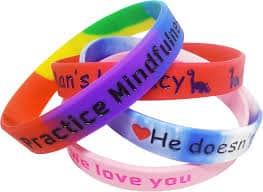
Customization Options for Educational Institutions
The true power of Custom Silicone Wristbands lies in their customization possibilities. Schools can tailor wristbands to suit various purposes and themes.
Design Elements
- Colors: Match school colors or specific campaign themes.
- Text and Slogans: Incorporate motivational quotes, school mottos, or campaign messages.
- Logos and Mascots: Showcase school branding prominently.
- Symbols and Icons: Use symbols representing causes, sports, or clubs.
Features
- Glow-in-the-Dark: For nighttime events or safety purposes.
- Embossed or Debossed Text: For tactile appeal.
- Custom Shapes: Beyond traditional round bands, opt for unique shapes representing the school or theme.
Packaging and Distribution
- Bulk Packaging: For easy distribution during events.
- Individual Packaging: For gifts or promotional items.
Choosing the Right Supplier for Custom Silicone Wristbands
Selecting a reliable supplier is crucial to ensure quality, durability, and timely delivery. When choosing a vendor, consider:
- Material Quality: Ensure the silicone used is safe, non-toxic, and durable.
- Customization Capabilities: Check for comprehensive design options.
- Pricing and MOQ: Find a supplier that offers competitive pricing with reasonable minimum order quantities.
- Turnaround Time: Reliable suppliers deliver on time, especially for event planning.
- Customer Reviews: Look for positive feedback regarding product quality and customer service.
Implementing Custom Silicone Wristbands in Your School Program
To maximize the benefits of Custom Silicone Wristbands, schools should develop a strategic plan:
- Define Objectives: Clarify whether wristbands are for safety, engagement, fundraising, or all.
- Design Thoughtfully: Incorporate meaningful symbols and messages.
- Budget Planning: Allocate funds efficiently, considering bulk discounts.
- Promotion: Use wristbands as incentives or rewards.
- Distribution: Organize distribution during events, assemblies, or as part of orientation.
The Impact of Custom Silicone Wristbands in Education
The integration of Custom Silicone Wristbands into educational settings has proven to be impactful. They serve as:
- Aesthetic accessories that boost school pride.
- Practical tools for safety and identification.
- Fundraising merchandise that supports school programs.
- Conversation starters that foster awareness and inclusivity.
- Memorabilia that commemorates school achievements.
Case Studies and Success Stories
Many schools have reported increased participation in campaigns, improved safety measures, and heightened school spirit through the strategic use of Custom Silicone Wristbands. For instance, a high school’s anti-bullying campaign using wristbands with empowering messages saw a significant rise in student engagement and awareness.
Conclusion
Custom Silicone Wristbands are more than just fashionable accessories—they are powerful tools that can significantly enhance the educational experience. From promoting safety and fostering school pride to supporting campaigns and raising funds, their versatility makes them invaluable in modern education.
By carefully designing and implementing Custom Silicone Wristbands, schools can create a more engaged, safe, and unified community. As the demand for innovative school engagement strategies continues to grow, embracing customizable silicone wristbands is a smart, impactful choice for educational institutions aiming to make a lasting impression.
Keywords: Custom Silicone Wristbands, school spirit, student engagement, safety identification, awareness campaigns, fundraising, school community, educational accessories.
If you’d like, I can also help you with SEO meta descriptions, titles, or further tailored content.
Click here for more information about wristbands: https://www.topwristband.com
Reference Website:https://verabradley.com/collections/ids-and-lanyards
